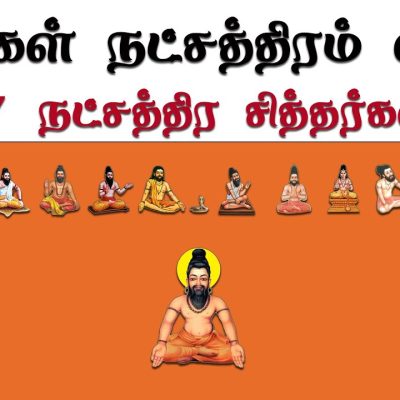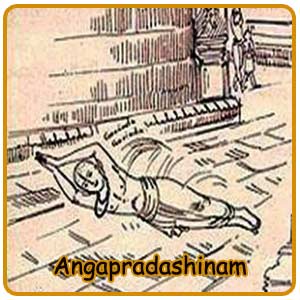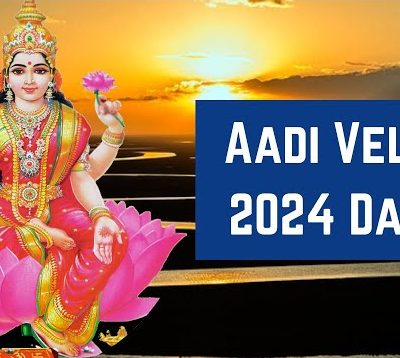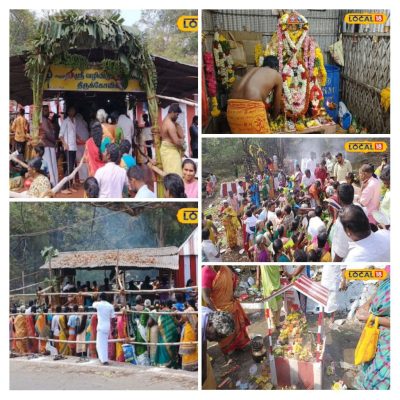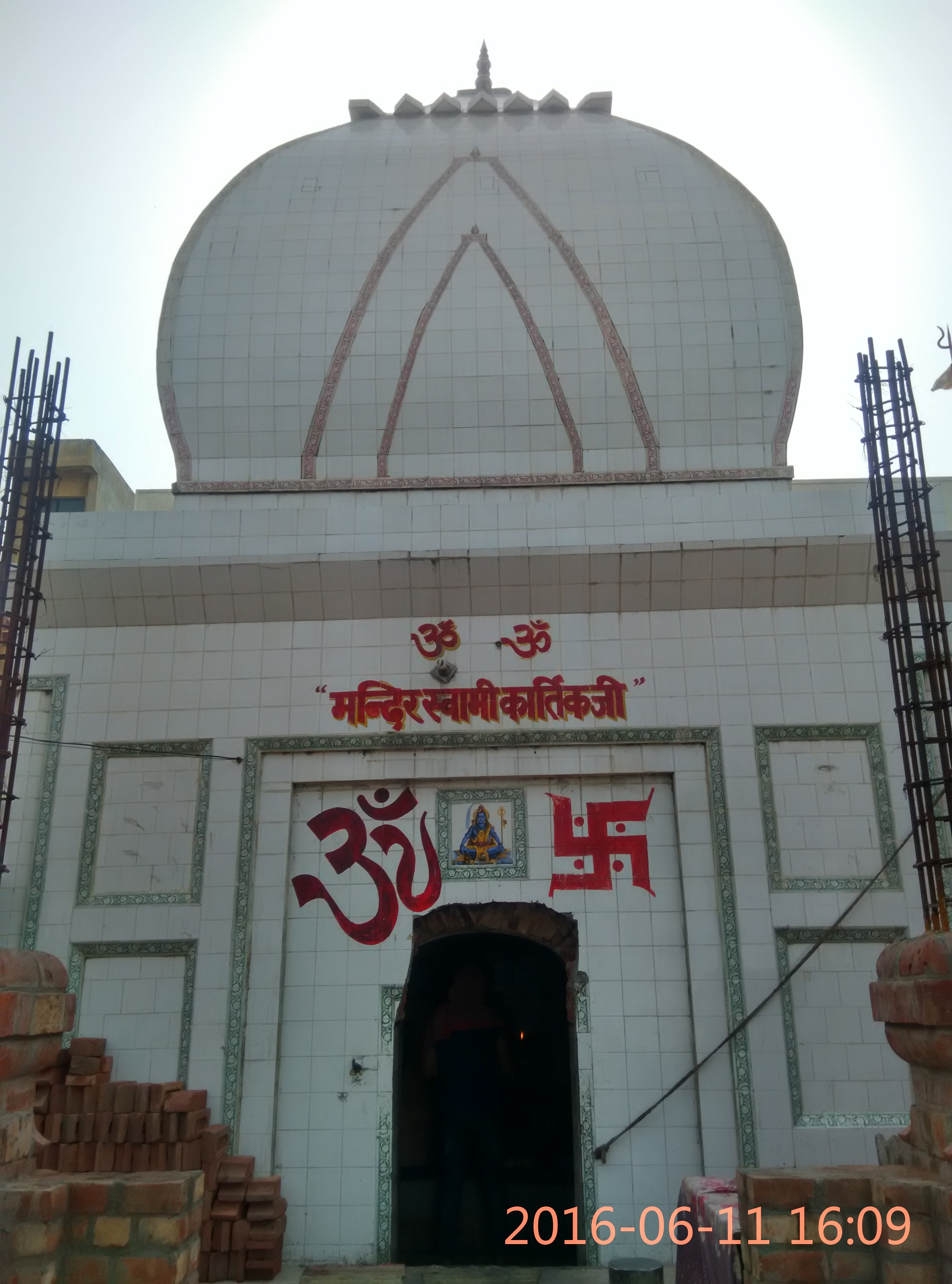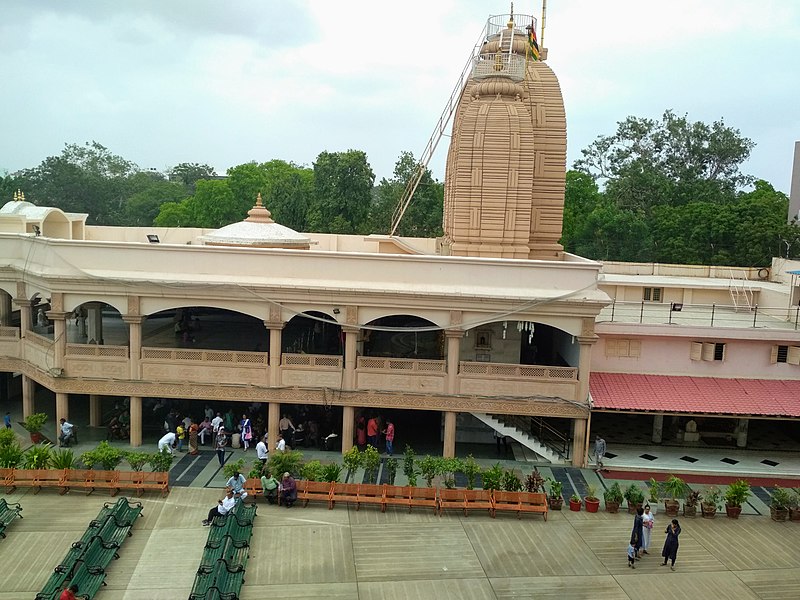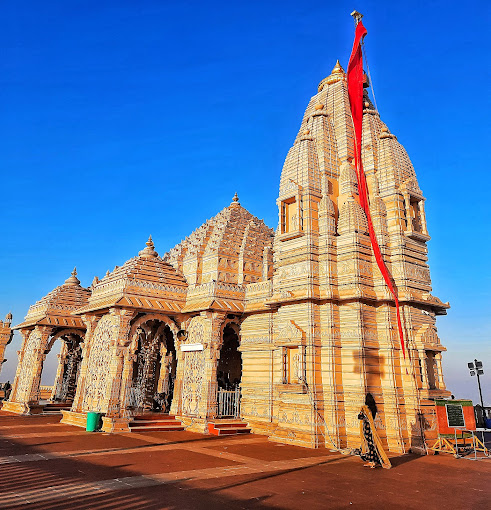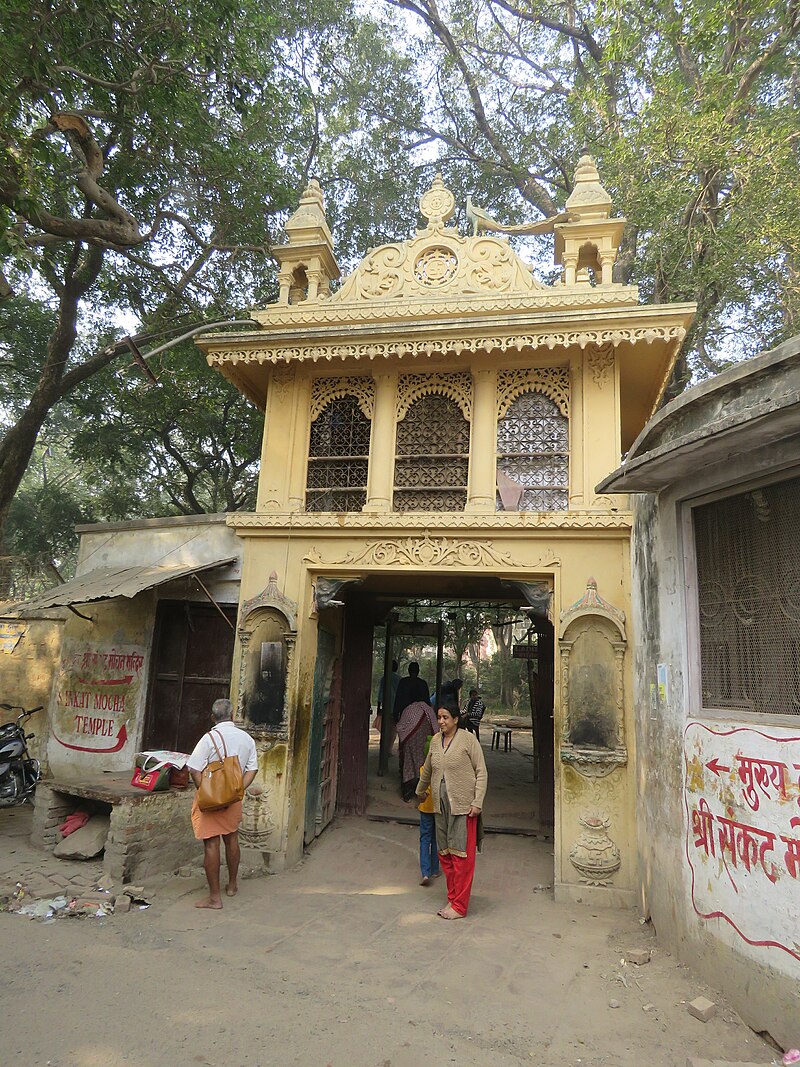Kanhangad Sri Madiyan Koolom Temple- Kerala

Address
Kanhangad Sri Madiyan Koolom Temple-Shri Madiyan Koolom Temple Road, Madiyan, Kanhangad, Kerala 671316 Phone: 0467 226 8477
Diety
Kshetrapalan Amman: Kalarathri Amma (Bhadrakali)
Introduction
Sri Madiyan Koolom Temple is located near Kanhangad, Kasaragod District of the Kerala State. It is one of the most prominent temples in Kasargod district, which dates back as old as 1000 years, dedicated to the main deity “Kshetrapalakan” Eswaran, the mother Goddess known as Kalarathri Amma (Bhadrakali). One of the oldest temples in North Kerala, Shri Madiyan Kulam is an ancient shrine. Sri Madiyan Kulam is the headquarters of the ‘Allada Swaroopam Mookatham Nadu.’ The temple, famous for its centuries-old wooden carvings, is also known for its epic poems, which portray the unity of different religions and castes. A peculiarity of this temple is that a Brahmin priest performs pooja only in the noon, while the morning and evening poojas are performed by a sect called Maniyanis.
Puranic Significance
Kshethrapalakan Eeshwaran who is the main deity of Madiyan Kovilakam and Udinur Kovilakam is the head of Alladadesham which stretches from Chittari to Olavara. Legend has it that he decides to ‘sit’ when he found his niche once he reached Madiyan on the midway of his journey from Udinur along with Vairajathan; after he was attracted by the smell of the Appam (which is still an offering in the temple renowned as ‘Kooloth Appam’) that was being prepared for Nadayil Bhagavathi who was the main deity of Koolom at the time. Seeing this “Sastha” and other disciples who were accompanying him called Thampuran “Madiya” which means lazy in Malayalam which later came to be known as “Madiyan” Kshethra palakan. Thampuran or Kshethrapalakan later sat on the lap of Kaalarathriamma, a goddess who was in her ‘furious form’ and enjoyed a Mother’s love and affection, eventually positioning him facing towards the west of the temple. There is another popular belief that the word “Madiyan” originated from the fact that he sat on the lap (Madi in Malayalam) of Kalarathriyamma. It was also an end to the “Shaktheya puja” which was performed there before. In the memory of Shakteya pooja, kallu (palm toddy) and fish are still brought inside the temple on the day of Kalasham. The origins of the Sri Madiyan Kovilakam are found in devotional stories. It is also famous for a temple that had an entry for lower caste people even before the Temple Entry Proclamation in Kerala. Eshwaran is the main deity of the Madiyan Kovilakam, who is a symbol of religious unity. The ‘ Paattu’ festival in the month of Dhanu and Kalasham festival in Edavam are held together with unity and harmony irrespective of castes. The Kshethrapalakan came to the earth under the command of Mahadeva to conquer that “Allada swaroopam.” Alladaswarupam was a town stretching from Chittari River in the north to the “Olavara” River in the south. It was customary for the kings to name their country “Swaroopam” in the olden times. The region was ruled by an evil and ruthless lord known as Allohalan. At this time, Kerala Varma, son of Kolathiri, fell in love with “Pankipillayathiri Thamburatti” of Nediyirippu Swaroopam. In the ensuing protests, they both married. They had a desire to have their own country for their children. So they decided to conquer the kingdom of Allohalan. Kerala Verma opened the fortress up and owned it. Kerala Varma later worshipped Kshethrapalakan and Kalarathri, who helped him in his conquest. But most of the people around him were the people loyal to Allohalan. For this reason, “Moolchary Nairachan” was appointed in the temple, and he built a palace in Nileshwaram and continued ruling from there along with the queen. Earlier, outer Kalasham was held during the 2nd of Edavam to worship Nadayil Bagavathi by performing Theyyam, apart from Kshethrapalakan and Kaalarathriamma. It is believed to be complete only if all the country’s inhabitants join it, a belief that continues today. Madiyan Koolom still proudly exists as the headquarters of the Alladanadu or the town famed as the shrine of Lord Kshethrapalakan, son of Kaalarathriamma.
Special Features
The temple covers six 2.4 hectares (6 acres) of land, of which half the area consists of monuments built in traditional Kerala-style architecture. The temple is also famous for its sculptures and astonishing wooden carvings, depicting ancient stories from Ramayana and other epics. Most of the carvings are found in Thekkini, western Gopuram and the Mandapa near the pond. The ‘Thekkini Mandapam’ near the temple kitchen has the etchings of Dakshayagam, Seethaswayamvaram and the Vanayathra of Rama and Lakshmana. All the wooden etchings in this temple portion are partially or mostly destroyed as they are turned black due to the continuous exposure to smoke from the kitchen. This was reported even in the media without response or action by the authorities. Similarly, the wooden carvings of 12 Raashis and Navagraha devatas in the Gopuram pond have been destroyed by painting them silver. The western gopuram shows instances of Amruthamadhanam, Kaliyamardhanam and Ananthashayanam. The etchings depicting the churning ocean of “Palazhi” using Vasuki to make Amrut (Kshir Sagar) look extraordinarily beautiful. The carvings also include erotic wooden etchings similar to those of the world-famous Khajuraho temple in Madhya Pradesh. Several tourists visit here to see the great etchings and wooden carvings. There is also a depiction of many mythical characters like those of the ‘elephants with feathers.’ The use and combination of natural colors obtained from unique plants and trees enhance the aesthetics of the carvings. A mural painting of the Narasimha avatar of Lord Vishnu is another attraction. The temple houses two ponds. There is a small sculpture of a ‘bowing’ elephant near the entrance, which is believed to be a curse to an elephant about to enter the temple, as elephants are not permitted inside the temple premises. Similarly, another sculpture of a snake in one of the ponds is again believed to be a curse as legend has it that the snake was sent to spew venom in the pond.
Festivals
• Pattu Utsavam • Kalasham Festival
Century/Period/Age
1000-2000 Years old
Managed By
Travancore Devaswom Board.
Nearest Bus Station
Kanhangad
Nearest Railway Station
Kanhangad
Nearest Airport
Kannur
